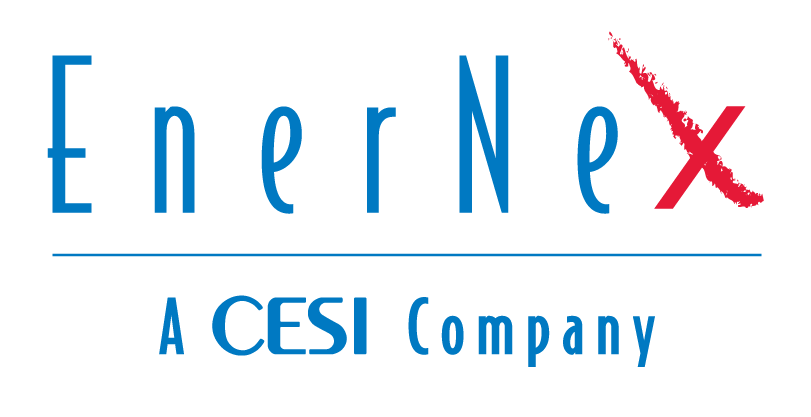
Through Order No. 34281, the Hawaii Public Utilities Commission directed the Hawaiian Electric Companies to develop “a detailed Grid Modernization Strategy will provide the comprehensive and holistic vision and context to inform subsequent review of discrete grid modernization project applications submitted by the Companies.”
The Hawaii Public Utilities Commission directed the Hawaiian Electric Companies to make an initial draft of the Grid Modernization Strategy available for stakeholder review and comment no later than June 30, 2017, with the final Grid Modernization Strategy documents be filed with the commission no later than August 29, 2017.”
Click here for the link to the HECO Grid Modernization Strategy website.
Click here for the link to the HECO press release, June 30: Hawaiian Electric Companies’ plan for upgrading power grids can help integrate more private rooftop solar
Modern Grid Technology & Leading Practices Workshop
Wednesday, May 10 in Honolulu
Welcome: On May 10, 2017, EnerNex assisted in facilitating HECO’s Modern Grid Technology & Leading Practices Workshop. The workshop was attended by roughly 150 stakeholders in person, and by another 102 via webinar. Of those who attended via webinar, 46% were from Hawai`i. Recordings of the webinar and copies of panelist presentations can be found on this web page.
Objective:
The objective of the Workshop was to facilitate the constructive exchange of information on commercially available advanced technologies and leading engineering practices in use to support electric grid modernization. Hawaiʻi is at the leading edge in encountering the combined challenges facing traditional electric distribution systems. However, utilities across the world have been encountering certain aspects of the same challenges. This workshop will include discussions of the key modern grid technologies and approaches needed in Hawaiʻi, as well as relevant perspectives based on global experience.
Agenda:
8:00-8:30 Welcome & Introduction (Colton Ching)
8:30-9:45 Panel 1: Customer Facing Technologies
Discuss residential and commercial customer expectations and trends that are shaping technologies that empower customers. Share leading utility practices to engage customers in managing energy use as part of operating a modern grid.
Moderator: Don Von Dollen, EPRI
- Tendril – Chris Black – Slides
- Sunverge– Martin Milani – Slides
- Chai Energy – Cole Hershkowitz – Slides
- Advanced Microgrid Solutions – Jesse Bryson – Slides
9:45-10:00 Break
10:00-11:15 Panel 2: Integrated Grid Planning & Process
Discuss leading practices in planning methods and modeling needed with DER adoption at scale. Also, the need for integrating of resource, transmission and distribution planning and related process for engaging stakeholders.
Moderator: Bob Zavadil, EnerNex
- Synergi – Larry Trussell – Slides
- Integral Analytics (Load Seer) – Kevin Kushman – Slides
- Southern California Edison – Erik Takayesu – Slides
- EPRI – Jeff Smith – Slides
11:15-12:00 Roundtable Discussion: State of Modern Grid
Discussion of modern grid developments and related interoperability efforts across the US and worldwide with a focus on relevant insights for Hawaii.
Moderator: Colton Ching
- EPRI – Mark McGranaghan – Slides
- SGIP – Sharon Allan – Slides
- DOE-DSPx – Joe Paladino – Slides
- HNEI – Jay Griffin – Slides
12:00-1:00 Lunch Break on Your Own
1:00-2:15 Panel 3: Distribution Automation/DER Integration/Microgrid
Discussion of leading practices and advanced grid technologies to improve reliability, operational efficiency and DER integration. Also, insights on microgrid developments and integration with electric grids.
Moderator – Don Von Dollen, EPRI
- S&C Electric– Mike Edmonds – Slides
- Siemens/Omnetrics– Mike Carlson – Slides
- General Electric – Elliot Assimakopoulos – Slides
- ConnectDER/INFP– Whit Fulton – Slides
- STEM – Tad Glauthier – Slides
2:15-2:30 Break
2:30-3:45 Panel 4: Operational Communications
Discussion on leading practices, architecture and technologies for field communications to support advanced grid applications discussed on Panel 3 and customer services including smart metering.
Moderator – Paul De Martini
- Cisco Systems– Mike Robinson – Slides
- SilverSpring Networks, Inc. – Alec Almond – Slides
- Verizon – Jay Olearain – Slides
- EPRI- Jay Herman – Slides
- Itron – Ty Roberts – Slides
3:45-4:45 Panel 5: Grid Architecture
Discuss grid architecture for an integrated grid, including leading practices and the implications for technology development and adoption.
Moderator – Paul De Martini

